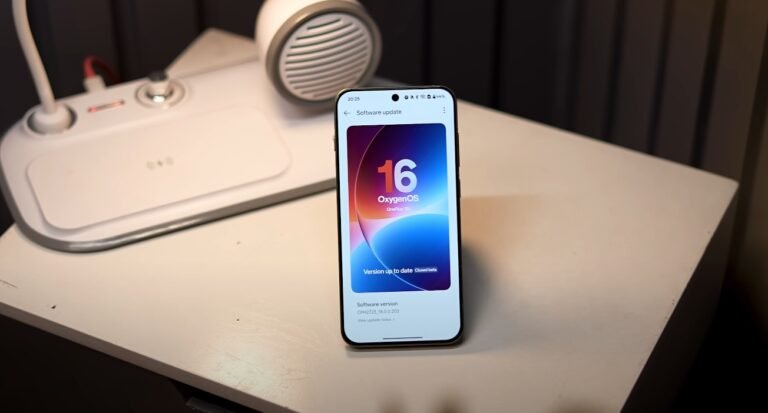Moto G67 Power camera samples shared before release

Early imaging showcase sparks curiosity ahead of public availability
Motorola’s upcoming Moto G67 Power has already been generating discussion in the mid-range community, and anticipation increased further after the brand circulated camera samples before the device’s public release. The company routinely builds early momentum for its G Power line by highlighting endurance-focused features, but this time camera performance has become one of the major teaser angles. Showcasing camera output before availability signals that Motorola wants the photography experience to be a key selling factor alongside the long-battery identity that the Power series is known for.
The G67 Power is positioned in the mid-range category where camera quality has become extremely competitive in recent cycles. Mid-range phone makers no longer rely on basic optics, and each new release tends to push camera capability forward using higher resolution sensors and improved computational tuning. Motorola’s decision to share samples early indicates confidence in the system tuning on this model, and that has drawn attention among industry observers who have been watching how the brand continues to expand its camera ambitions generation over generation.
Photos circulating from official-side previews highlight strong daylight performance and controlled detail rendering, which aligns with the stated focus on natural-looking output rather than oversaturated post-processing. The Power series in previous releases has been associated more with consistency rather than gimmick features, so early samples emphasising accurate colour rather than dramatic enhancement supports the position that Motorola wants to keep results practical for social media, messaging, and everyday photography rather than leaning aggressively into sharpening or artificial texture.

Low-light capture has also been featured in these early samples, with images under mixed light focusing on exposure stability and noise handling rather than extreme brightness boosts. The challenge mid-range devices have traditionally faced is retaining clarity in frames that are illuminated unevenly across subjects. The G67 Power’s early examples suggest that the brand is attempting to improve dynamic smoothness at night without creating unnatural grain-reduction smudging, and this direction is in line with current market expectations where users want night shots that feel real rather than overly boosted.
Portrait photography appears to be another area Motorola wants to highlight from day one. The circulated samples show portrait edge separation that looks controlled and layered in a natural manner. In earlier generations of mid-range portrait modes across brands, artificial outlines were a common problem. The new samples indicate that the software is making more refined subject isolation decisions in complex hair texture areas and shoulder outlines, and that supports the idea that Motorola has fine-tuned detection models in this generation to reduce abrupt edges and cut-out artifacts.
The front camera has been included in these early previews as well. Motorola has historically applied balanced tuning to front sensors in its G Power devices, and the circulating samples this time show skin tone mapping that appears closer to neutral than heavy cosmetic smoothing. In recent seasons, user demand has shifted away from harsh beauty filters toward more accurate rendering of facial detail, and the samples reflect that shift. Highlight control around the face under bright light also looks more stable than some previous releases in the same tier.
Early camera samples also form part of a broader strategic push from Motorola. While the Power identity remains strongly tied to battery longevity, the company has increasingly communicated that mid-range buyers expect versatile cameras to be standard rather than optional. By sharing real-world output early, Motorola is attempting to frame this model not only as a device for long life per charge, but also as a phone that users can trust for varied shooting conditions throughout the day. The positioning suggests a push beyond endurance talking points toward a more complete everyday experience pitch.
The early camera previews serve another strategic function as well. They allow Motorola to define baseline expectations before third-party reviews mix in comparative evaluations. In a mid-range market where camera discussions often focus heavily on sensor resolution numbers and spec sheet headlines, the brand appears to be leaning more on real capture behaviour rather than pure specification marketing. The circulated images set stage for detailed reviewer commentary once public availability begins, and they show that Motorola aims to be part of the mainstream camera quality conversation rather than just a battery-first brand.
Also Read: Why the UK market could be a major win for iQOO 15






